
Motorola’s next-gen Razr and Razr+ (2024) are now public, and its a flip-phone duo that improves on some of the best features for two foldables that needed refinement.
The original Motorola Razr and Razr+ foldables were an exciting new venture for the company, which has recently proven the company is beginning to take the Android market much more competitively. On its release, the Razr+ was quickly praised as one of the best flip-style foldables on the market, even in the presence of slim competition. With the new Razr and Razr+ now publicly announced, it seems Motorola is looking to hold onto that sentiment.
The Motorola Razr and Razr+ (2024 edition) have a lot in common, and that’s a good thing for those who want a more affordable device that brings much of what the Razr+ brought last year. It positions the Razr+ as the more capable phone but leaves the base Razr with a competitively large external display, hinge, solid specs, and a design that stands out.
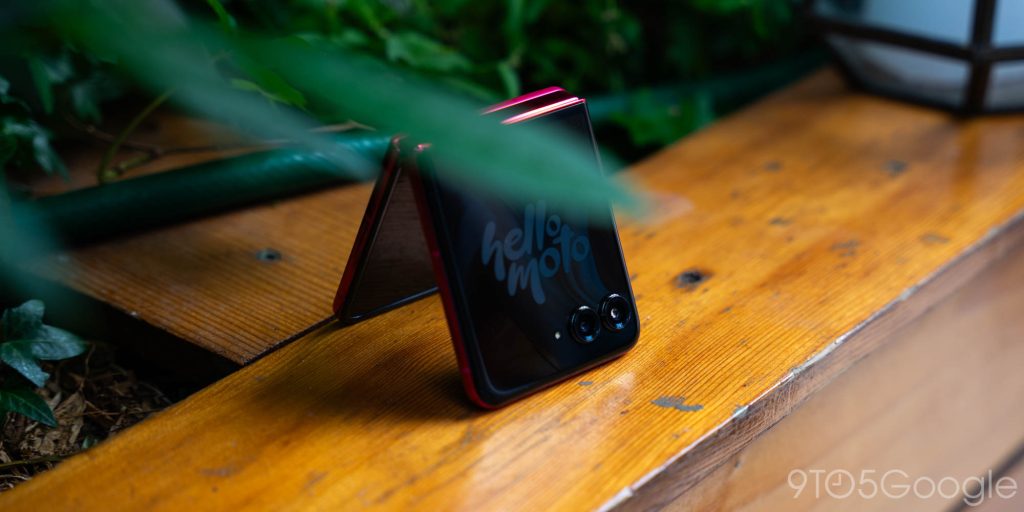
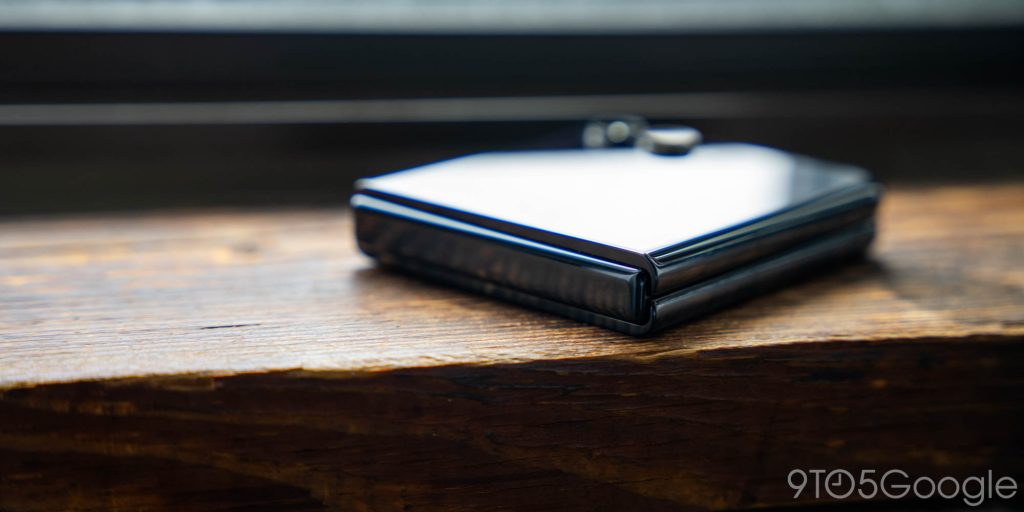
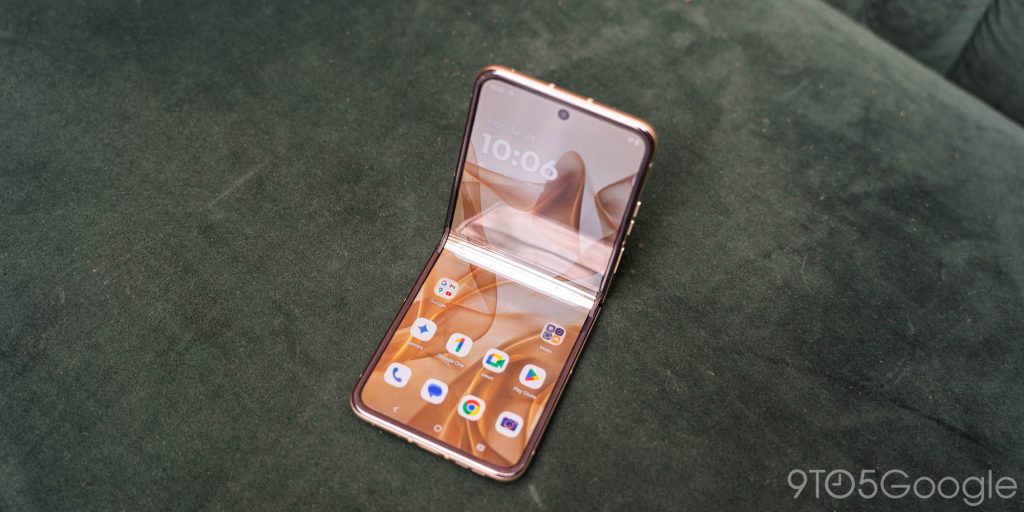
Motorola notes that the hinge in both phones has been redesigned to be more reliable and dust-resistant. It’s 30% lighter than the previous version and works to minimize the crease bend that foldables notoriously have. In our hands-on time with each device, the crease was noticeably less visible at multiple angles, including from the side. There’s certainly an improvement over the previous generation and, tentatively, over the competition. From certain angles where you’d normally see a distinct bend, the crease is invisible. Hopefully, that holds up over hundreds of folds.
As far as software goes, the two are identical, even packing Google Gemini as the official digital assistant on both devices. Gemini is accessible by holding down the power button, whether you are on the internal or external display. My only gripe with the otherwise solid implementation of Gemini is the need to unlock the phone prior to activating the assistant. Generally, Google Assistant would allow you to make a request and require an unlock after you submit it, which I think is an easier interaction method.
Motorola noted that Razr and Razr+ users will get 3 months of Gemini Advanced for free, which is a nice touch for a paid tier of Google’s AI.
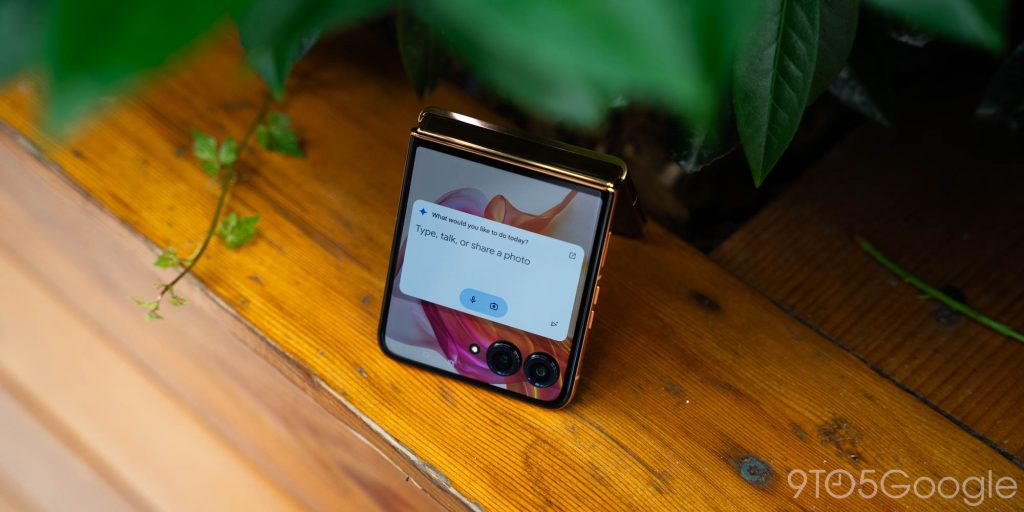
The Razr’s external display is what really makes the Gemini experience unique. Instead of the tiny panel used on last year’s model, the 2024 Motorola Razr carries a larger 3.6-inch pOLED unit, just shy of the Razr+ and its 4-inch external screen. The Razr is limited to 90Hz on the outer display, while the Razr+ can hit 165Hz. Even though both phones have the same silhouette, the base Razr is identifiable by its shorter external display, which echoes the design of the original Razr+.

Motorola has made a huge point of making these displays compatible with just about every app on your phone instead of several OEM-developed apps that you’ll rarely use. The only major change here is the layout, with a special window tab to easily organize your needed apps. You’re able to swipe to see more windows, which include all of your apps, Motorola’s calendar, a widgets page, and more. Pinching to zoom out allows you to see all of your windows and easily access them. We opened apps like Tidal, Google Maps, Gemini, and even Beeper just to ensure everything works well – it does.
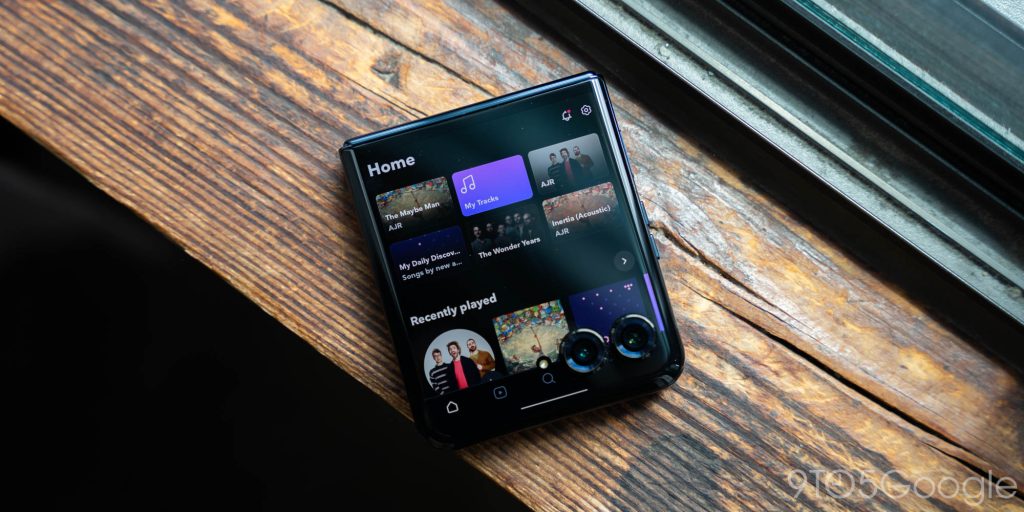
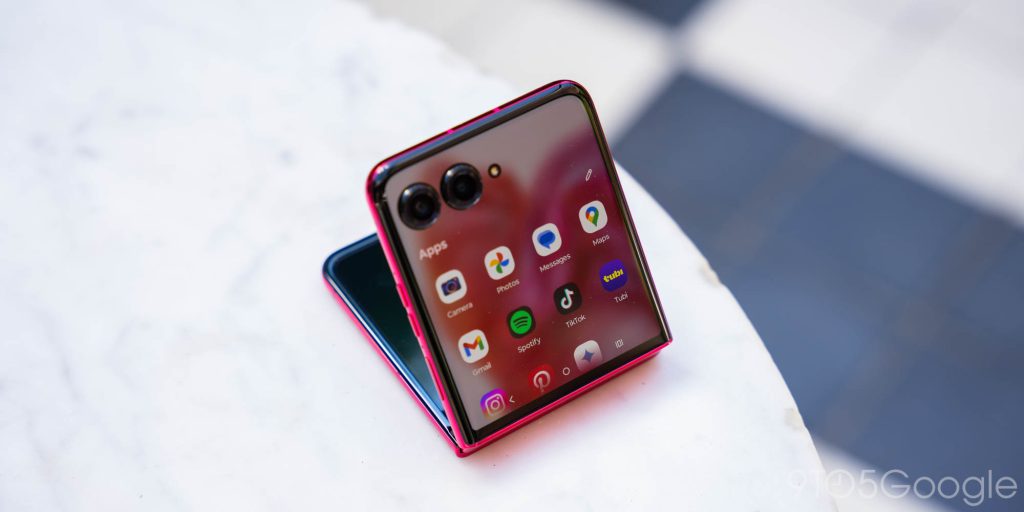
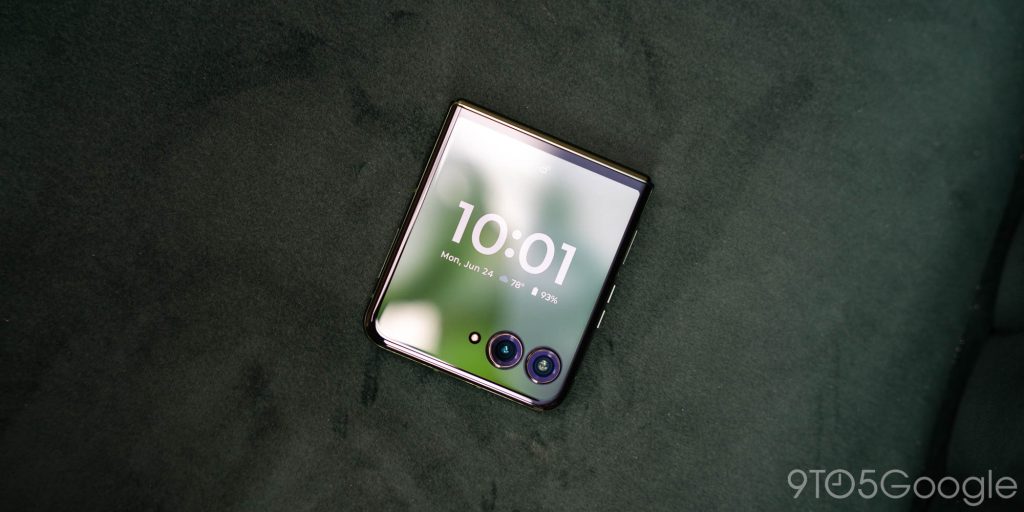
This is an external display that allows you to use your flip-style foldable in almost every capacity while it’s closed. Even better is the Razr and Razr+ now utilize an always-on display with customizable clock fonts and theming.
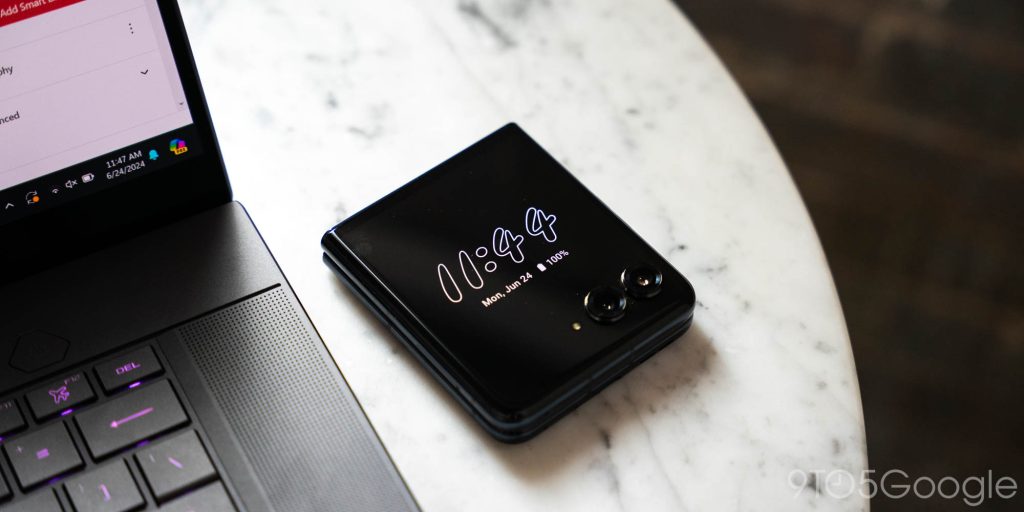
Using the Razr+, I’ve genuinely not needed to open the phone much at all. Everything can be done from the smaller front display even though the experience is shrunk down. That’s not to say that you’ll do everything on the outer panel, but it allows you to send a quick text, check navigation without opening the phone, and ask Gemini a question in a couple of seconds.
The internal display comes in at FHD+ on both devices, though the Razr can only get up to 120Hz. The Razr+ hits 165Hz. Motorola has done a nice job of keeping the bezels thin and ensuring the internal display offers a good experience. There’s nothing inherently different about these internal displays. Again, the only thing that has really changed is the crease visibility. It’s there, undoubtedly, but it has surely improved in the 2024 edition of these phones.

Where the phones start to differ from each other is in the internal specs. The 2024 Motorola Razr+ runs a Snapdragon 8s Gen 3 for its balance in performance in AI-heavy features, of which the Razr and Razr don’t entirely have just yet. Motorola notes there are a few upcoming AI features in the works, including an Apple-like notification summary.
The Razr brings a MediaTek Dimensity 7300X, which contributes to its lower cost. Where the Razr wins out is in the battery department, where a clean 4,200mAh is slightly better than the Razr+’s 4,000mAh.
The camera array consists of a 50MP main shooter for both phones and a 2x telephoto lens on the Razr+. The Razr utilizes an ultrawide sensor in the secondary unit. Motorola’s reasoning for dropping the ultrawide lens on the Razr+ was due to the use case trend it saw in last year’s phones. Apparently, users often chose to take portraits over ultrawide shots. This year around, adding a third camera to the foldable wasn’t seemingly in the cards.

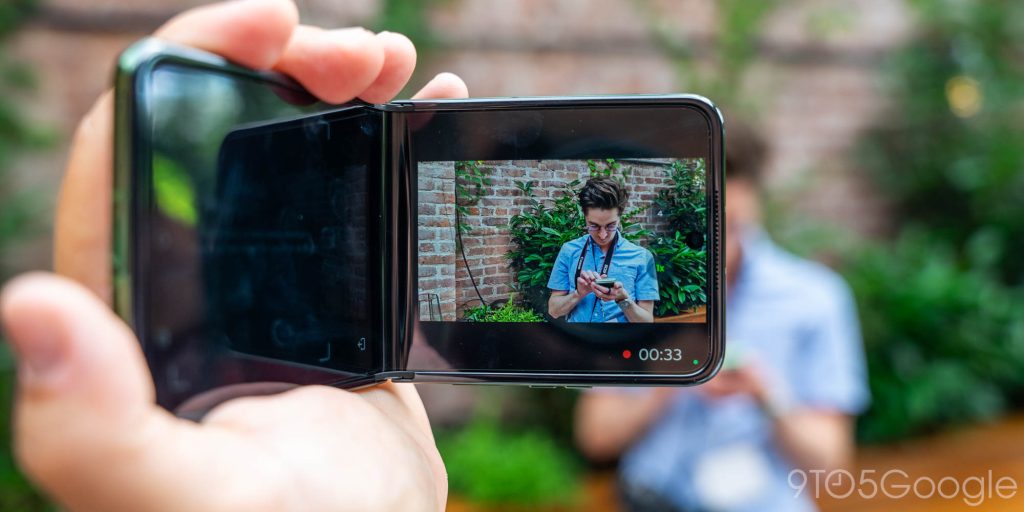
Both devices run Android 14 out of the box, and Motorola is promising 3 years of OS upgrades with 4 years of software support. It’s worth noting that last year’s Razr+ hasn’t seen Android 14 yet, and there’s no word on when that’ll happen. Motorola has had a tough time keeping up with new OS versions, which is one of the only potential downsides of these phones.
The build of the 2024 Motorola Razr+ is very similar to last year, and the Razr feels much more solid than the previous generation did. It’s a very visually pleasing duo especially in the varying colors Motorola went with. Each colorway has a slightly different vegan leather texture, with the gorgeous Spring Green carrying a stressed leather look while the early-2000s iconic Pink looks more fabric-like. The Razr+ also comes in Midnight Blue and Peach Fuzz, while the Razr will be available in Beach Sand, Koala Gray, and Spritz Orange. Each colorway looks phenomenal in person.

The Razr will be available on July 10 for $699, while the Razr+ will be available for $999. Both are set to be promising entries into the growing foldable space.
FTC: We use income earning auto affiliate links. More.


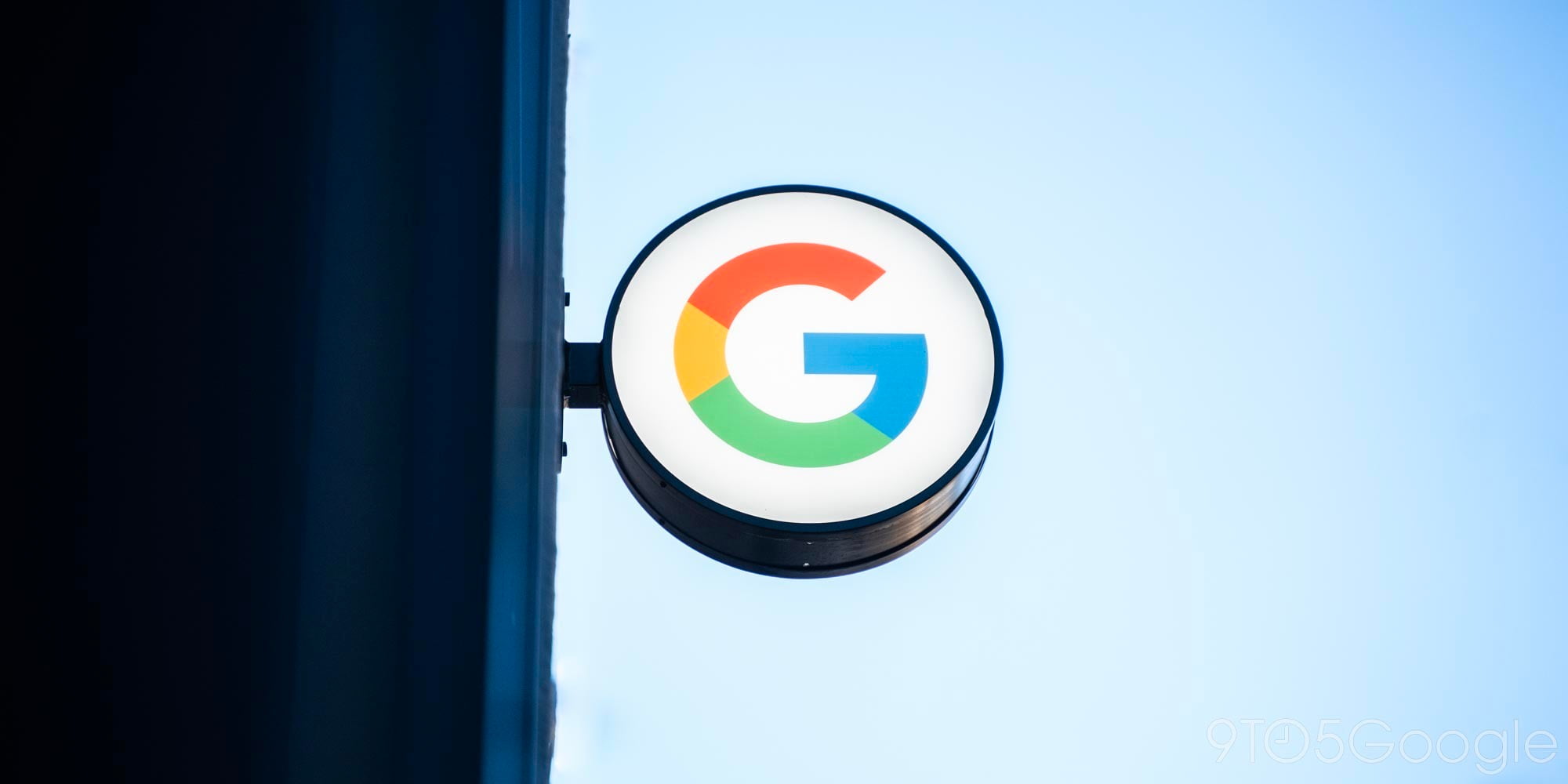



Comments